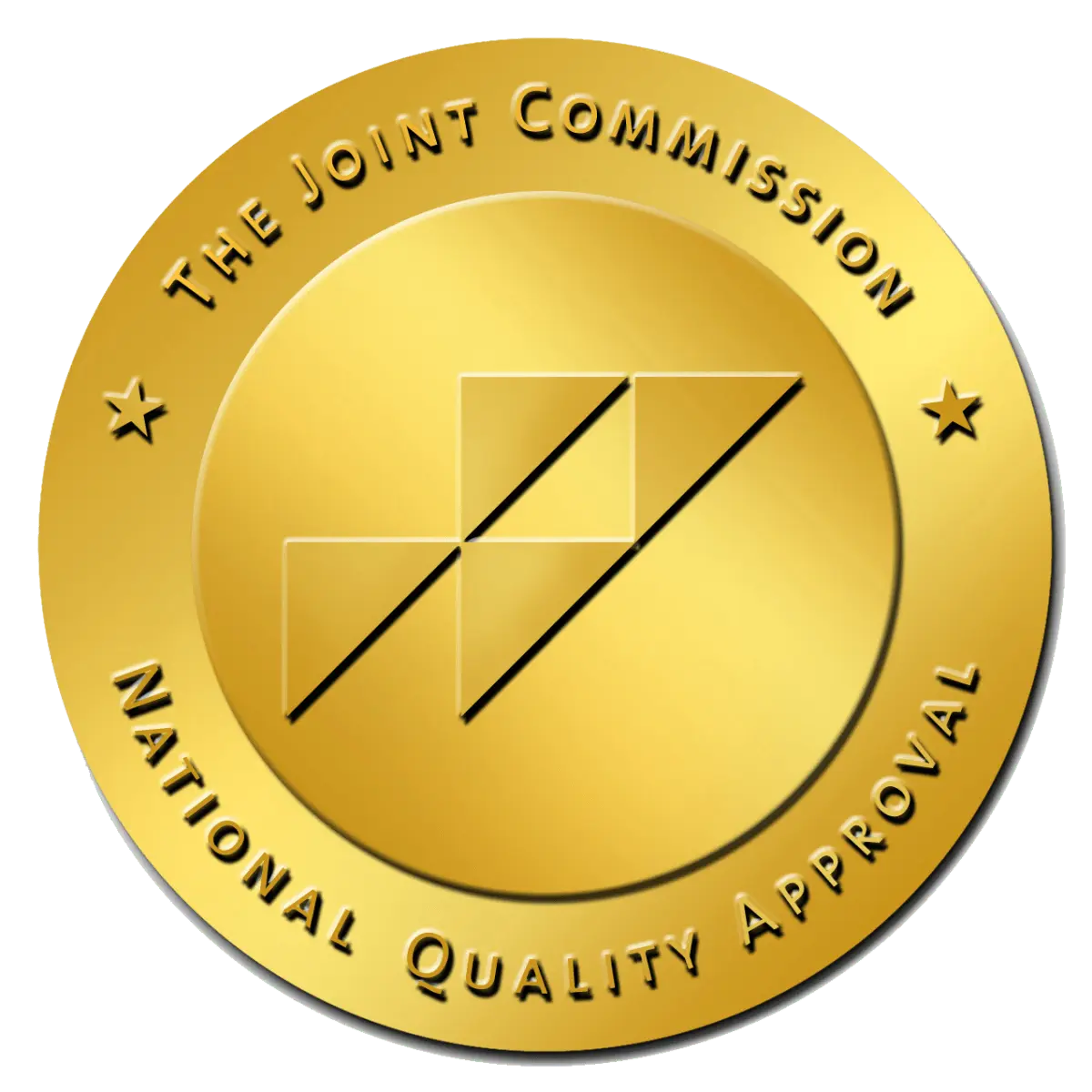Stimulant vs Depressant Drugs: Key Differences
Written by: Michelle Beaupre, PhD, LCSW | Reviewed by: Christian Small, MD
In the realm of substance abuse, drugs are classified into various categories based on how they affect the brain and body. Two of the most common classifications are stimulants and depressants. Understanding the key differences between these types of drugs is crucial for individuals seeking to recognize signs of substance abuse, manage addiction, or explore treatment options. According to data from 2018, 5.7 million people in the U.S. misused prescription tranquilizers (a type of depressant), while 1.8 million individuals reported using methamphetamines (a stimulant) within the same year. These statistics highlight the widespread nature of both stimulant and depressant misuse across the country.
At Villa Oasis, a luxury treatment center in San Diego, we specialize in helping individuals overcome addiction through personalized care and comprehensive treatment plans. Our expertise in treating both stimulant and depressant drug addiction allows us to address the full spectrum of substance use disorders, including providing specialized care for those seeking stimulant addiction treatment. This ensures that each client receives the best care tailored to their needs. Understanding the characteristics, effects, and risks associated with both stimulants and depressants is a critical step in the recovery process.

What Are Stimulant Drugs?
Stimulants are a class of drugs that increase activity in the brain and nervous system, leading to heightened alertness, energy, and a sense of euphoria. These drugs are often prescribed for conditions like Attention Deficit Hyperactivity Disorder (ADHD) and narcolepsy, but they are also frequently abused for their energizing effects.
Common Types of Stimulants:
- Cocaine: Known for its powerful euphoric effects, cocaine is one of the most addictive stimulants. It’s often associated with short-term bursts of energy followed by intense crashes, leading users to take more to sustain the high.
- Amphetamines: Often prescribed to treat ADHD and narcolepsy, amphetamines like Adderall and Vyvanse are increasingly abused due to their ability to enhance focus, alertness, and energy.
- Methamphetamine: A highly addictive stimulant, methamphetamine is notorious for its intense effects, including prolonged energy and alertness. However, its long-term effects can be devastating, leading to severe physical and psychological harm.
- Nicotine: Found in tobacco, nicotine is one of the most widely used stimulants in the world. Though legal, it is highly addictive and has significant health consequences.
- Caffeine: While legal and commonly consumed, caffeine is a mild stimulant that can be habit-forming. Excessive intake can lead to jitteriness, anxiety, and sleep disturbances.
Effects of Stimulants:
The primary function of stimulants is to increase the amount of dopamine in the brain, a neurotransmitter associated with pleasure, attention, and motivation. This surge of dopamine leads to increased heart rate, blood pressure, and breathing rates. Many users report feeling euphoric, confident, and energetic after taking stimulants. However, this is often followed by a crash, leading to fatigue, depression, and the urge to take more to regain the positive effects. It’s also important to understand the nuances of certain substances, such as asking, is alcohol a stimulant drug, which often leads to confusion due to its mixed effects on the central nervous system.
Short-Term Effects of Stimulants:
- Increased energy
- Heightened alertness
- Euphoria
- Rapid heart rate
- Increased blood pressure
Long-Term Effects of Stimulants:
- Addiction
- Anxiety and paranoia
- Cardiovascular issues
- Weight loss and malnutrition
- Cognitive impairments
What Are Depressant Drugs?
In contrast, depressants work by slowing down activity in the brain and nervous system. These drugs are often prescribed to treat anxiety, insomnia, and seizures, but they are also widely abused for their calming, sedative effects. Depressants are sometimes referred to as “downers” because they make users feel relaxed, at ease, and even drowsy.
Common Types of Depressants:
- Alcohol: One of the most commonly abused depressants, alcohol can lead to dependence and serious health problems when consumed excessively.
- Benzodiazepines: Medications like Xanax and Valium are often prescribed to treat anxiety and panic disorders, but they are also frequently misused for their calming effects.
- Barbiturates: Although less commonly prescribed today, barbiturates like phenobarbital are powerful sedatives that can be highly addictive.
- Opioids: Although technically classified as painkillers, opioids such as heroin, fentanyl and prescription medications like OxyContin also have strong depressant effects on the central nervous system, making them highly addictive.
Effects of Depressants:
Depressants increase the activity of gamma-aminobutyric acid (GABA), a neurotransmitter that slows brain activity. This leads to feelings of relaxation, sedation, and reduced anxiety. While depressants can be beneficial when used as prescribed, misuse or long-term use can lead to serious health complications, including addiction and overdose.
Short-Term Effects of Depressants:
- Relaxation
- Drowsiness
- Slower breathing
- Lowered blood pressure
- Impaired coordination and judgment
Long-Term Effects of Depressants:
- Physical dependence and withdrawal symptoms
- Memory loss
- Depression and anxiety
- Increased risk of accidents due to impaired motor skills
- Overdose, which can result in death
Key Differences Stimulant vs Depressant Drugs
While both stimulants and depressants can alter brain chemistry and behavior, they do so in opposite ways. Here’s a closer look at how these two categories differ:
1. Impact on the Nervous System:
- Stimulants increase central nervous system activity, leading to increased alertness, energy, and euphoria.
- Depressants slow down the central nervous system, promoting relaxation, sedation, and reduced anxiety.
2. Physical and Psychological Effects:
- Stimulants can cause rapid heart rates, high blood pressure, and heightened alertness, but they can also lead to anxiety, paranoia, and aggression.
- Depressants can lead to drowsiness, decreased heart rate, and slowed reaction times but may also cause memory problems and emotional numbness.
3. Risk of Addiction:
Both stimulants and depressants have a high potential for abuse and addiction, though for different reasons. Stimulants are often abused for their energizing and euphoric effects, while depressants are misused for their ability to alleviate anxiety and promote relaxation. The withdrawal symptoms for both can be severe, which is why professional treatment at a luxury facility like Villa Oasis is crucial for recovery.
4. Overdose Potential:
- Stimulant overdose can lead to heart attacks, strokes, and seizures due to over-stimulation of the central nervous system.
- Depressant overdose can cause respiratory depression, coma, and death because the body’s vital functions slow down to a dangerous level.
Stimulant and Depressant Abuse The Need for Comprehensive Treatment
Whether an individual is struggling with stimulant or depressant abuse, the need for comprehensive treatment cannot be overstated. At Villa Oasis, we offer specialized programs for those suffering from substance abuse disorders, whether they are related to stimulants, depressants, or a combination of both.
Detoxification
Detox is often the first step in the recovery process. Our medical detox program at Villa Oasis is designed to safely manage the withdrawal symptoms associated with both stimulant and depressant abuse. Our luxury facility provides a serene environment where individuals can detox comfortably under the supervision of experienced medical professionals.
Residential Treatment
After detox, clients at Villa Oasis can transition into our residential treatment program. Here, we provide an individualized approach to care that addresses not only the physical aspects of addiction but also the emotional and psychological components. Our luxury facility offers a range of therapeutic modalities, from evidence-based treatments to holistic therapies like yoga and meditation, providing a well-rounded approach to healing.
Outpatient and Sober Living
For those who have completed residential treatment, we also offer outpatient services and sober living options to help maintain long-term recovery. These programs allow clients to continue receiving support while gradually reintegrating into their everyday lives.
Why Choose Villa Oasis?
Located in the serene hills of San Diego, Villa Oasis offers a luxury rehab experience unlike any other. Our commitment to personalized care, combined with our world-class amenities, ensures that every individual receives the highest level of treatment in a peaceful, restorative environment. Some of our luxury amenities include:
- Private rooms with stunning views
- Gourmet meals prepared by an on-site chef
- A fully equipped fitness center and spa
- Holistic therapies, including acupuncture, massage, and meditation
- Access to outdoor recreational activities unique to Southern California

Get Help Today
If you or someone you love is struggling with stimulant or depressant abuse, help is available. At Villa Oasis, we provide the care, support, and tools needed to overcome addiction and build a fulfilling, drug-free life. Contact us today to learn more about our comprehensive treatment programs and begin your journey to recovery.

